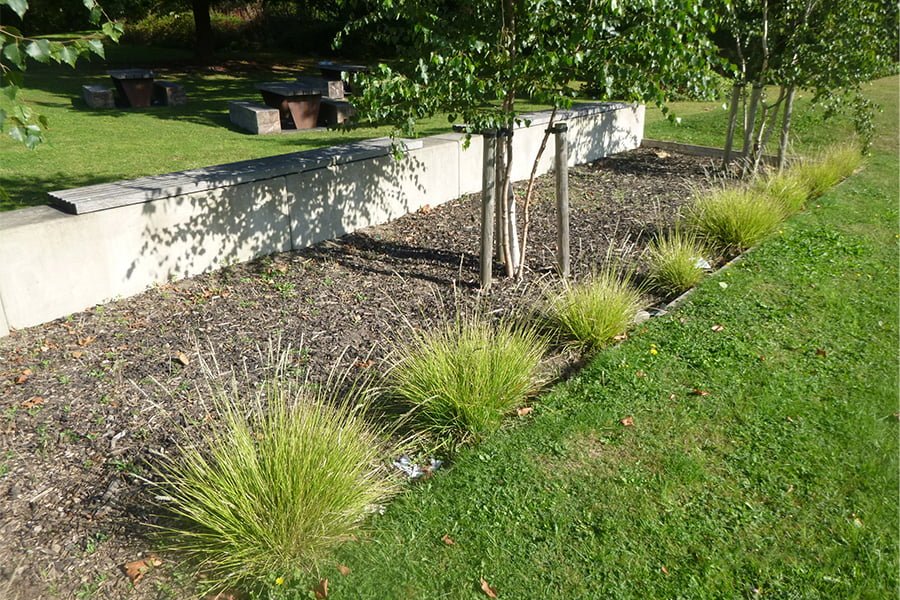TEP carried out an Open Space Review and Site Assessment Study for Crawley Borough Council. The focus of our study was to improve the experience of open spaces for a range of users in Crawley.
The Council will use the study in preparing its emerging Local Plan. It will be an evidence base for open space planning in light of projected growth. The study will also help the Council to access funding for open spaces, through developer contributions and grant-giving sources.
Crawley has a population of approximately 113,000 people and over 900 open spaces across the borough. This includes Tilgate Park which houses a walled garden, nature centre and Go-Ape. It also includes the multifunctional Worth Park which consists of formal gardens, a Victorian fountain, an arboretum, a lake surrounded by various types of trees and wildflowers, a meadow for bio-diversity, croquet lawns, and a tennis court. Crawley’s history can be traced as far back as the Stone (Neolithic) Age and is also home to Gatwick Racecourse, which opened in 1891 and hosted the Grand National during the Great War.
By analysing local planning policy and strategy documents, TEP identified local needs as well as population projections. This provided an insight into the process of developing a well-planned new town. We assessed the quality of 129 existing local spaces. It became clear that these spaces play a very significant role in maintaining local people’s physical and mental wellbeing.
TEP undertook consultations alongside our partner consultants 4 Global and Strategic Leisure. We met with the local community, sports clubs, neighbourhood representatives, National Governing Bodies, Friends Groups, and youth groups. The consultation helped establish the existing needs and future expectations for open spaces in Crawley.
The survey and consultation confirmed that the good planning fundamentals are already in place such as open space accessibility and quality.
Consultation also provided valuable suggestions on how to bring forward ideas such as rainwater harvesting, green walls, and community food growing.
A quantity, quality, and value audit of Crawley’s open spaces enabled TEP to make recommendations to the Council. This included mechanisms for the Council to secure new open spaces and make improvements to existing open spaces to allow an increased range of activities and broaden accessibility to a wider range of users. One aim was to also attract users from outside the borough, boosting the local visitor economy.
Using the audit data and the results of the consultation, TEP advised on standards in respect of quantity, quality, and accessibility of Crawley’s open spaces. These standards will be used to help secure the future of open spaces, by setting aspirational goals and attracting investment through planning decisions, Community Infrastructure Levy, and developer contributions.


















